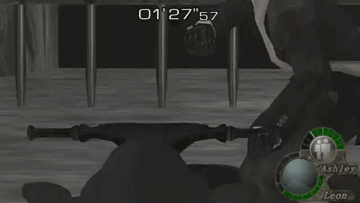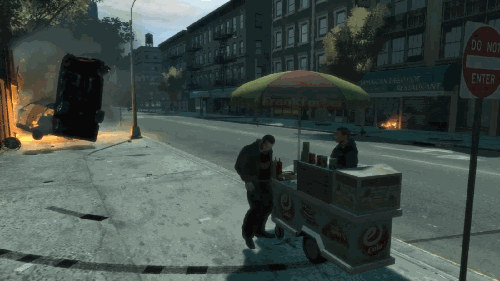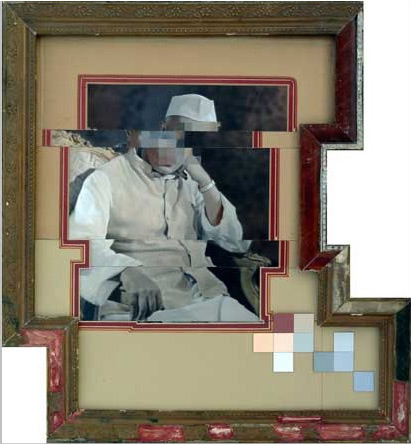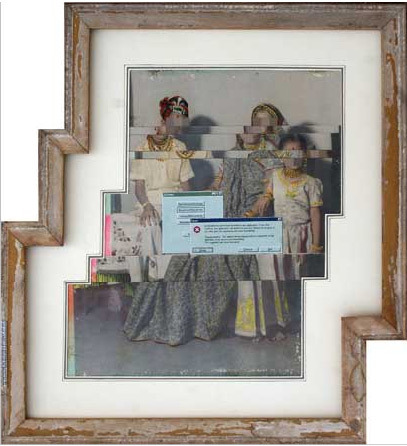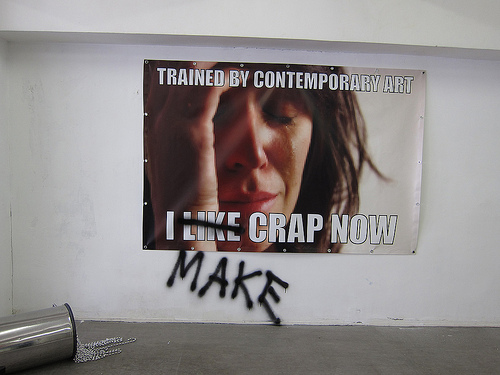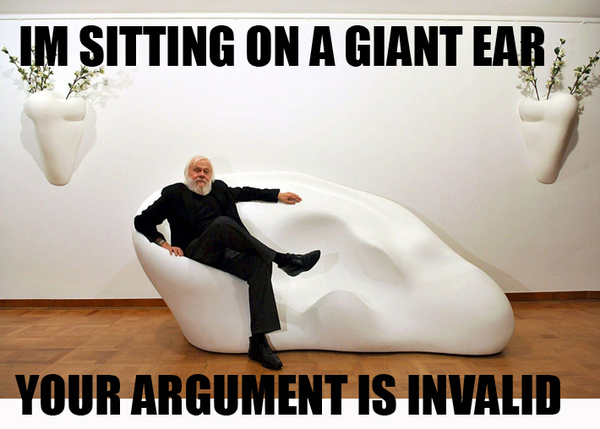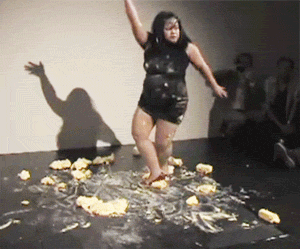“LSD (Also known as LSD: Dream Emulator) is a semi-rare video game released in Japan in 1998 for the Sony PlayStationvideo game console based on a dream journal that Hiroko Nishikawa, a staff member at Asmik Ace Entertainment, had been keeping for a decade.”
Book Alterations

Book alterations and rearrangements by New York based artist Kent Rogowski. Amazing work.
[via beautiful decay]
/r/GamePhysics
Milking is the new planking
A History of Political Remix Video (Before YouTube)
A History of Subversive Remix Video before YouTube: Thirty Political Video Mashups Made between World War II and 2005 – Curated by Jonathan McIntosh
“Filmmakers, fans, activists, artists, and media makers have been reediting television, movies, and news media for critical and political purposes since almost the very beginning of moving pictures. Over the past century, this subversive form of populist remixing has been called many things, including appropriation art, détournement, media jamming, found footage, avant-garde film, television hacking, telejusting, political remix, scratch video, vidding, outsider art, antiart, and even cultural terrorism.”
See the complete article and video collection via the Open Access online journal Transformative Works and Cultures:
http://journal.transformativeworks.org/index.php/twc/article
Amazon Random Shopper
Darius Kazemi wrote a bot that buys him random crap:
“I’ve had an idea for a long time now. It’s inspired by one of my favorite feelings: when you order something on Amazon, and it’s put on backorder, and then you forget you ordered it, and a year later it arrives—and it’s like a gift you bought yourself.
Well, I thought: what if I just wrote a program to buy stuff for me? The first iteration of this was going to be a program that bought me stuff that I probably would like.
But then I decided that was too boring. How about I build something that buys me things completely at random? Something that just… fills my life with crap? How would these purchases make me feel? Would they actually be any less meaningful than the crap I buy myself on a regular basis anyway?
So I built Amazon Random Shopper. Every time I run it, I give it a set budget, say $50. It grabs a random word from the Wordnik API, then runs an Amazon search based on that word. It then looks for every paperback book, CD, and DVD in the results list, and buys the first thing that’s under budget. If it found a CD for $10, then the new budget is $40, and it does another random word search and starts all over, continuing until it runs out of money, or it searches a set number of times.”
[via kottke]
Planking Piece
Erik Berglin, Planking Piece, Video loop 139:06 min, 2012
“Planking is an activity consisting of lying face down – sometimes in an unusual or incongruous location. Both hands must touch the sides of the body. Some players compete to find the most unusual and original location in which to perform this act while others do it in ordinary situations.
The term planking refers to mimicking a wooden plank. Planking can include lying flat on a flat surface, or holding the body flat while it’s supported in only some regions, with other parts of the body is suspended. An important aspect of this activity is to share the pictures through social media. Famous artist such as Dennis Oppenheimm, Douglas Huebler and Erwin Wurm has all made work that reminds of planking and the title of this work refers to Ray Charles Plank Piece.
The concept for planking is simple, which allows for almost anyone, anywhere in the world, without regards of class, gender, age or ethnicity to perform this act. There are thousands of images with people planking, the selection in this work takes us on a trip around the world, to popular tourist destinations, to private homes and offices. Some images are from spectacular places taken with great risk while others are made within the safety of there own backyard. In a way it provides an mirror of what the world looks like today.”
[via collect the wwworld]
Why everything sucks
deFacebook
There’s no reason to believe that art exists
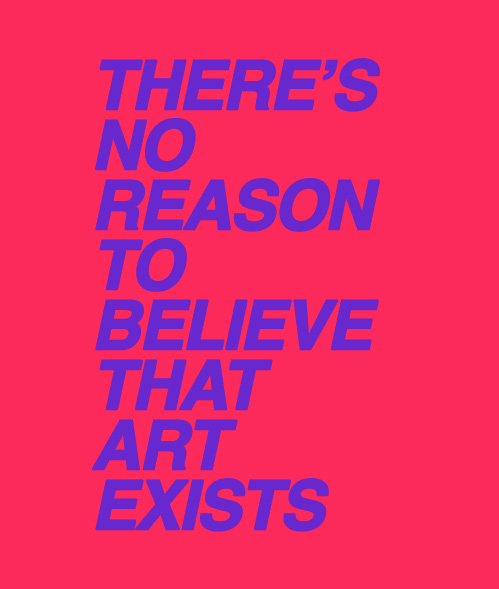
Maurizio Nannucci, There’s no reason to believe that art exists…
Deprofessionalize
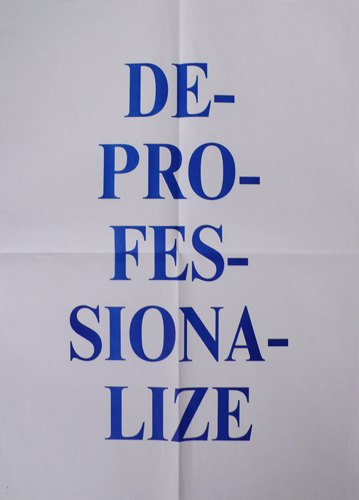
David Horvitz, Deprofessionalize poster…
Contemporary Art People: y u no have irony?
Professionalization is killing art
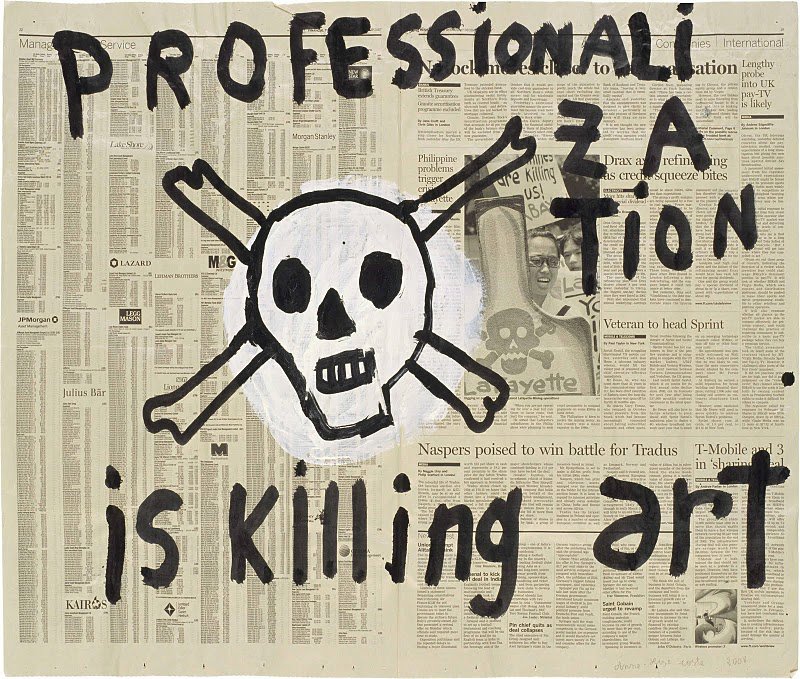
Ann-Elise Coste, ‘Professionalization is killing art’ (2008)
[via pietmondriaan]
Windows 95 Tips, Tricks, and Tweaks
Museum Minutes
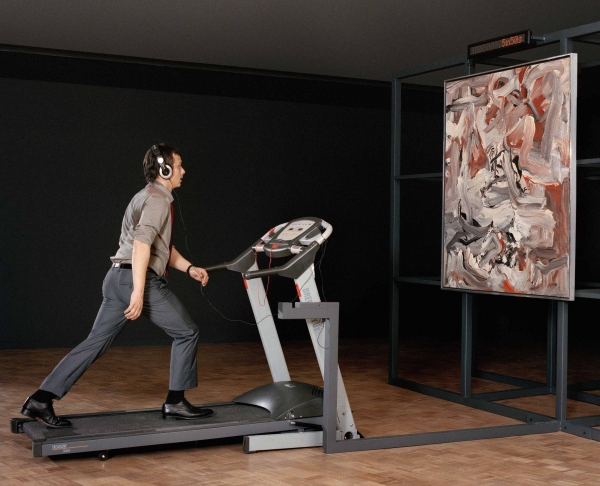
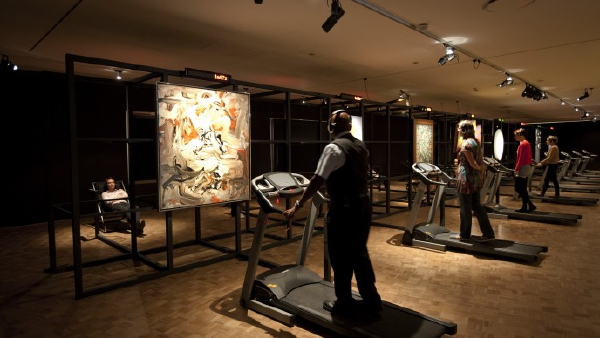
“In cooperation with Gemeentemuseum The Hague, the Kunsthal Rotterdam proudly presents Museum Minutes, an exhibition in which visitors are tempted into spending longer looking at art. The aim of the exhibition is to extend the average time that museum visitors spend looking at individual artworks (currently 9 seconds). A remarkable total installation presents an amazing collection of artworks exhibited in such a way that visitors can experience them in a more intensive fashion.”
[via rebelart]
Music For Sleeping Children

Music for Sleeping Children is an experimental collaboration between internationally recognized visual artist Charlie White and Mercury-nominated musician and producer Boom Bip (also known as Bryan Hollon). The project stems from White’s investigations of the representation of American adolescence, and was born from a relationship forged between White and Hollon in 2009 when they collaborated on “We Like to Shop,” a simple clap-along song from White’s experimental cartoon, OMG BFF LOL that Hollon converted into a throbbing club track for the work’s US premier at the Aldrich Museum. From there, White and Hollon set out to realize a far more ambitious project conceived by White as the marriage of in-depth teen interviews, discussions, and studio projects with pop, electronica, hip hop and experimental composition. Working in tandem, White and Hollon fashioned the concept of each track around the original studio recordings of teen girls ranging in age from 12 to 16. From eager enthusiasms, to exuberant chants, to adolescent melancholia, Music for Sleeping Children underscores the complex tensions resonant in the teen voices while transforming each girl into a popular music form of her own. Magical, uncomfortable, and original, Music for Sleeping Children is an artwork, an archive, and an album.
Nom nom nom
Conceptual Art Fail
Faking It
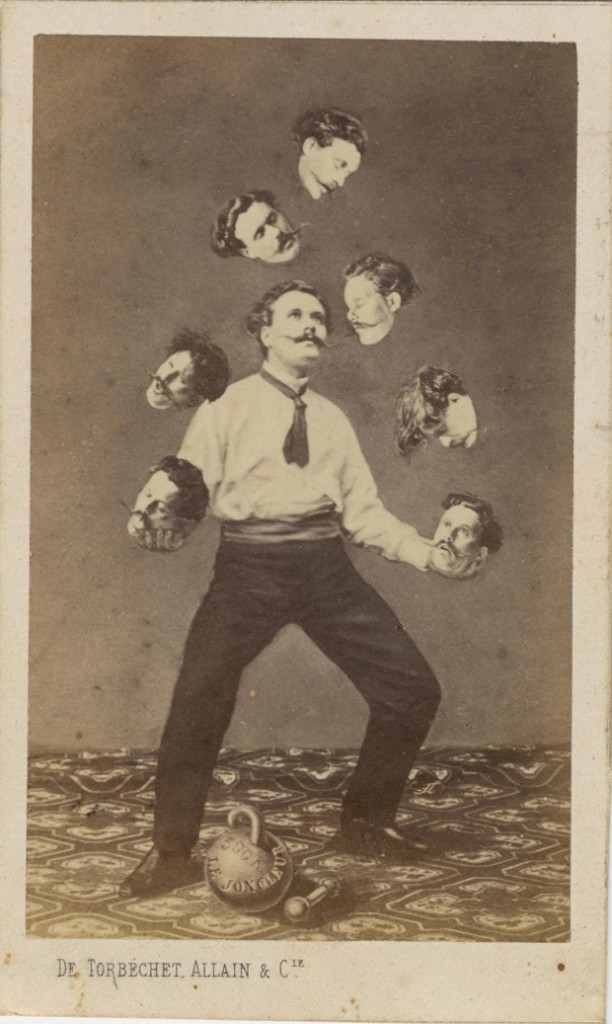
Faking It: A Visual History of 150 Years of Image Manipulation Before Photoshop. Exhibition and book.
[via brainpickings]
The Story Of Bow & Arrow. Reloaded
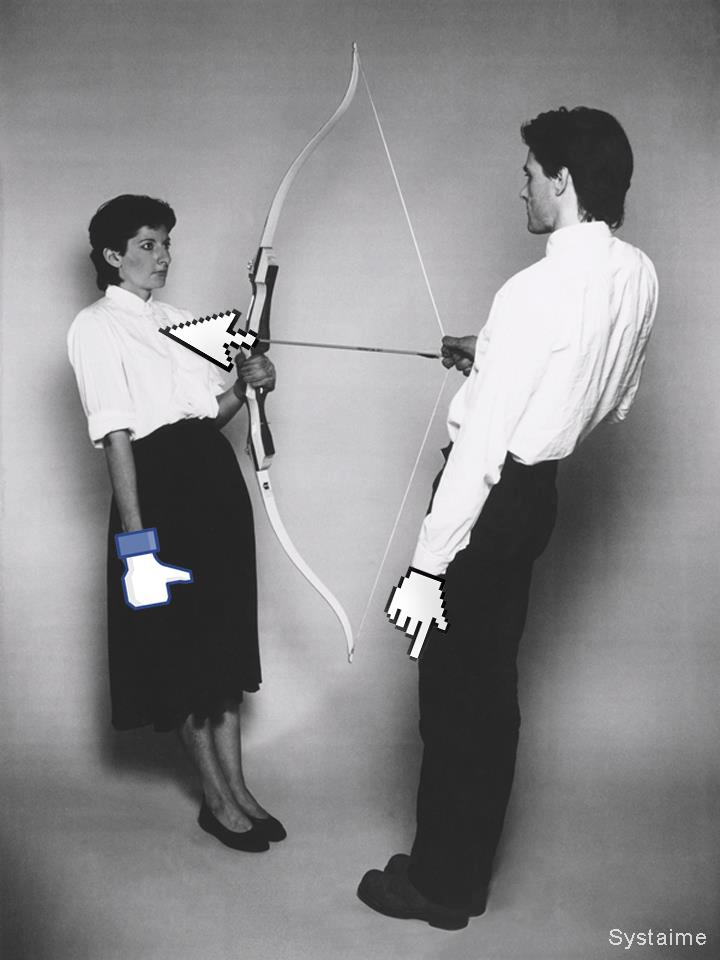
Image by Systaime. And here is the original performance.
3d printed memes
How conceptual art influenced the World Wide Web

“In the information society, the world is the frame. Art, in these conditions, has the potential of being “received” by millions of people at the same time, without a hierarchy of reception.”
– Joseph Kosuth, 1968.
She Has a Hot Ass. How conceptual art influenced the World Wide Web. On Citizen Brooklyn
[thanks domenico!]
Ai Weiwei Style
[via artinfo]
Star Wars Medieval Manuscripts
Wrestlers breathing heavily
[via nerdcore]
